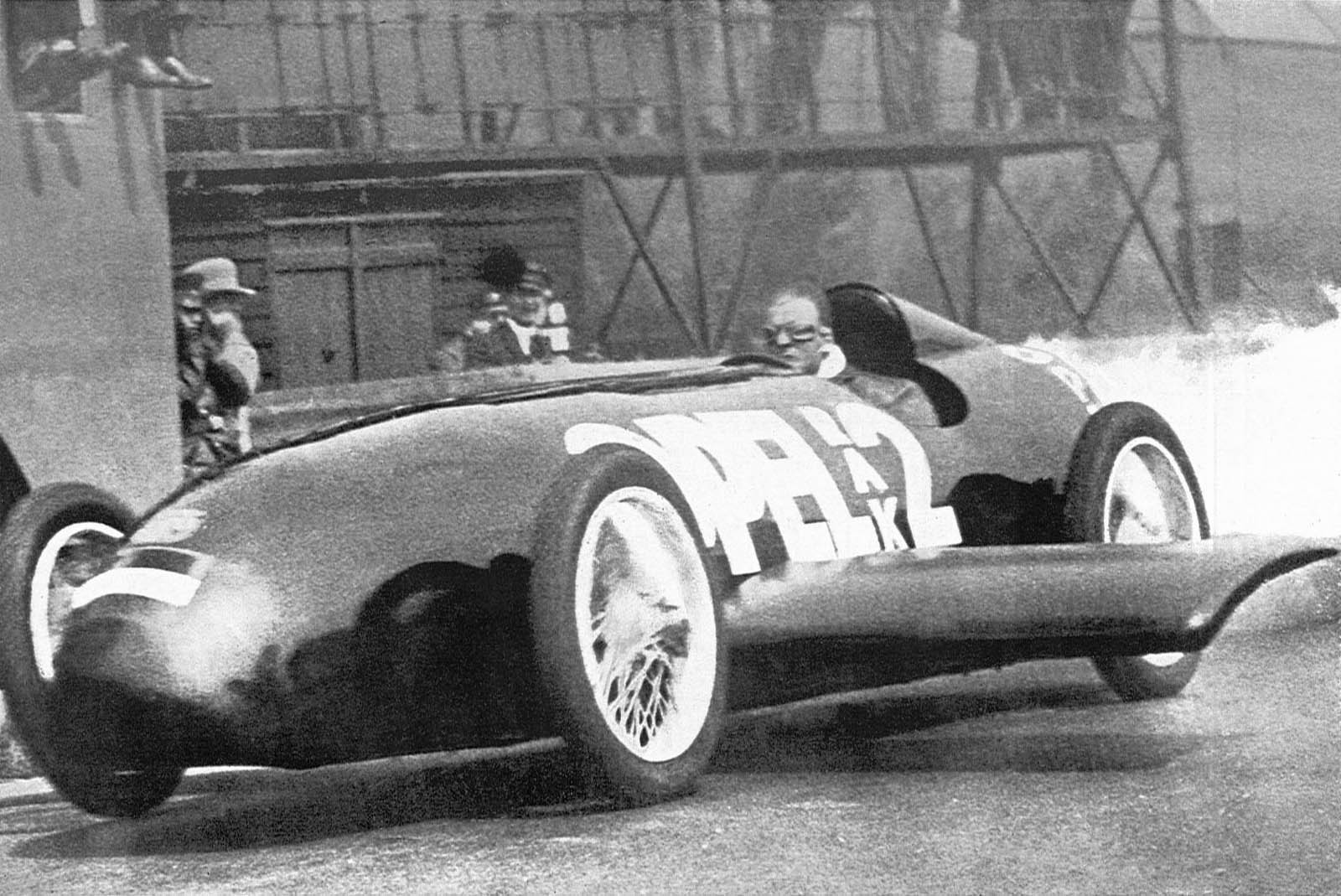Ok, so you've turned the engine off, and are pumping air and fuel through the engine while still getting some cooling effect from the cooling system and you think it's the fuel that is cooling the engine?J.A.W. wrote: ↑16 Apr 2017, 10:22I did not claim it was the sole cooling method/system..
..but actually, it does offer significant extra cooling*, internally.. via 'latent heat' effects..
..just as the BMW 801 engine which featured DI.. some decades ago..
also derived cooling benefit from extra fuel added similarly by aux' injection upstream ( to the air intake)..
..as needed.. ..to stave off 'heat-soak' induced power fade/melt-down - when running real hard..
This method is, of course, also specifically excluded from F1 by the current tech regs..
* If you have access to a (carb equipped) 2T powered road vehicle which has a temp gauge,
you can do an empirical test which demonstrates this..
..run it up to SOP temp, find a long downhill slope, & flick the ignition 'kill switch',& hold it WFO,
.. then by rolling it downhill, while still in gear, you can see the temp rapidly drop - in real time...
You responded to a post from roon asking the question of whether it would be possible to eliminate the cooling system. To which the answer is no.
And the BMW injection system was a form of ADI.


